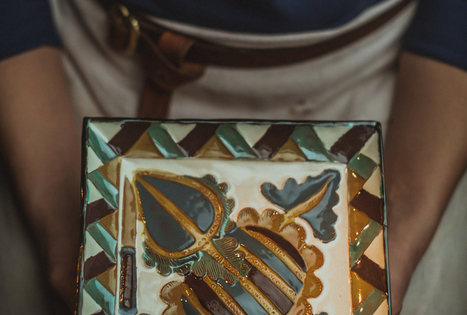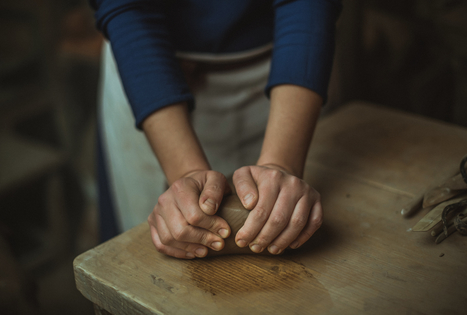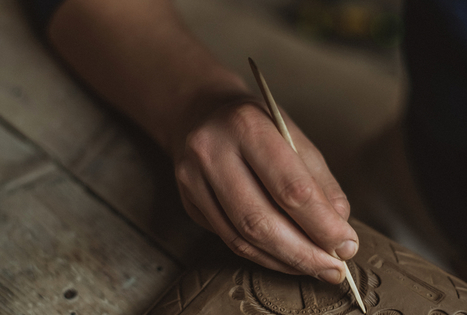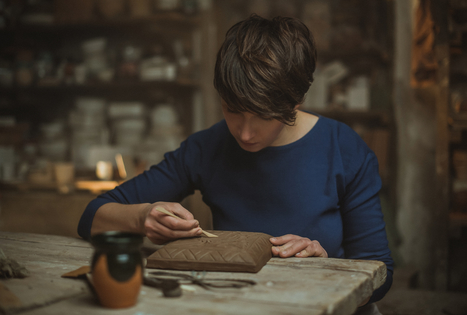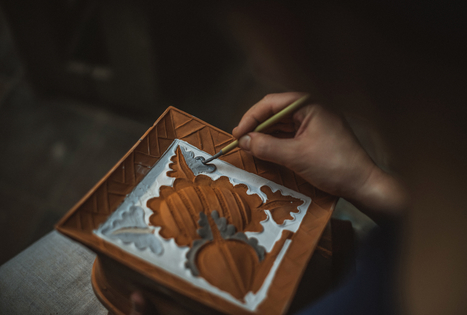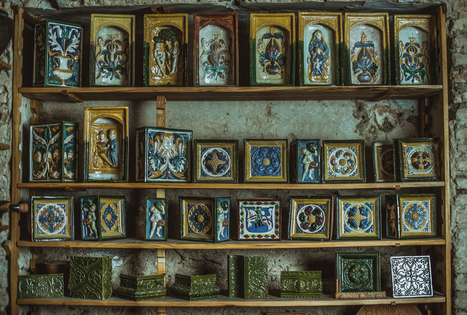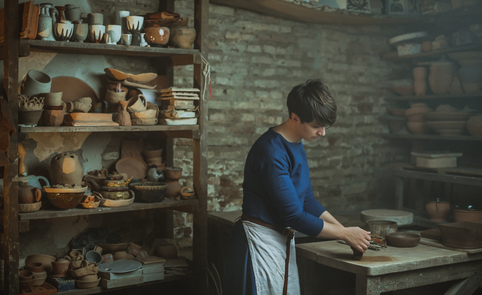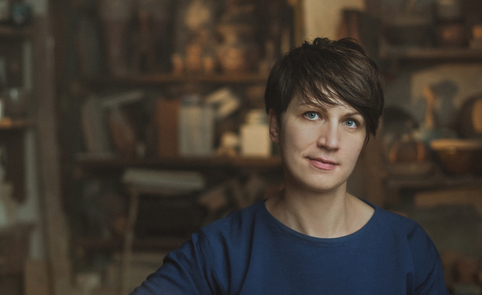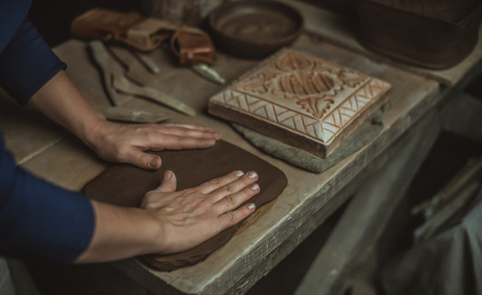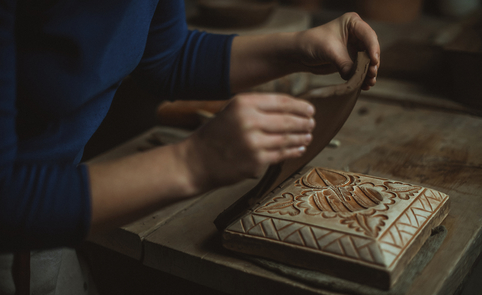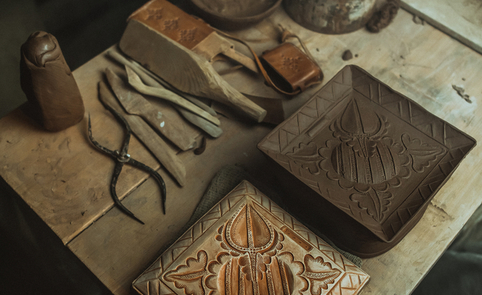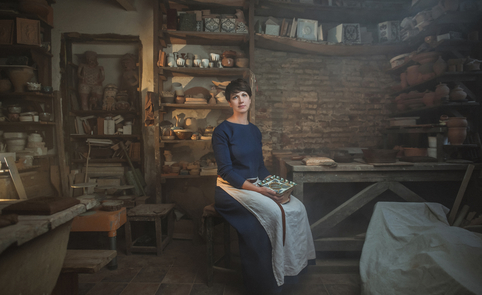Brickworks were usually set up next to the buildings being built, and operated for as long as construction took.
Learned how to fire bricks over time
It is believed that the first brick structures were made of unfired cob bricks. This type was common in the civilisations of Central America. For their production, people would take clayey soil, soak it, mix it with additives (straw or chips), and dry it in the sun. The only disadvantage of these bricks is that they are not moisture resistant. Over time, they were therefore replaced in construction by fired bricks that were also suitable for a wetter climate.
In the Eastern countries, ancient houses were being built from unfired ceramic bricks in 7000-6000 BC. Bricks were already being fired in ancient Egypt and ancient Greece in 3000-2000 BC. Meanwhile, calcium silicate bricks began being produced in the mid-19th century in Germany.
One of the largest collections of stove tiles in Europe
The first sources that mention the beginning of brick production in Lithuania are from the 13th century. This was when the first brickworks began to develop. More of them were founded in the 14th century, when specialists in this craft were invited from Western Europe. Brickworks were usually set up next to the buildings being built, and operated for as long as construction took. The Rokai brickworks is considered to be one of the oldest in Lithuania – monks began producing bricks and roof tiles here in 1603 and it has survived to this day.
Lithuanian brick makers also used to produce stove tiles. Tile stoves have been known since the end of the 14th century. Stove tiles have been found during archaeological excavations at the Trakai, Biržai and Panemunė castles, as well as in the old towns of Vilnius, Kaunas and Klaipėda. A collection of stove tiles from the late 16th century to the early 18th century has been put together at the Vilnius Lower Castle. This is one of the largest collections of stove tiles in Europe.
Up until the 19th century, brickworks in Lithuania only operated seasonally, but permanent ones appeared later on. Brick production began to be mechanised in the mid-19th century. Now they are made from local raw materials such as sand or quicklime, ceramic and concrete, as well as natural stone and other derivatives.
Production – up to one and a half months
While industrially manufactured bricks are quicker and easier to make, ones made the old-fashioned way – by hand – are better in terms of longevity. This type of brick making uses excavated clay, which has spent 20 million years in the depths of the earth.
Making bricks the old-fashioned way takes up to one and a half months. The matured clay is dumped into huge open-air vats and covered with water. This is then trodden into a uniform mass. The bricks are formed in wooden moulds and dried in the fresh air. Only then are they loaded into the kiln, where they are fired for about 30 hours at 1,000°C.
Decorate your stove with tiles
Nowadays, individual artisans and ceramicists are making stove tiles more frequently. These are ceramic products for forming the walls of masonry heaters and finishing fireplaces and other heated surfaces. Stove tiles come in different shapes, and can be plain or decorated with embossed or painted figurative compositions or floral and geometric ornaments; they can be glazed or unglazed, or coated with enamel. The tiles are hand-rolled or extruded from elastic clay, then dried and fired twice at a temperature of 900-1,000°C.
There are seven certified brick makers in Lithuania. Six of them produce stove tiles, and only one makes bricks the old-fashioned way.

